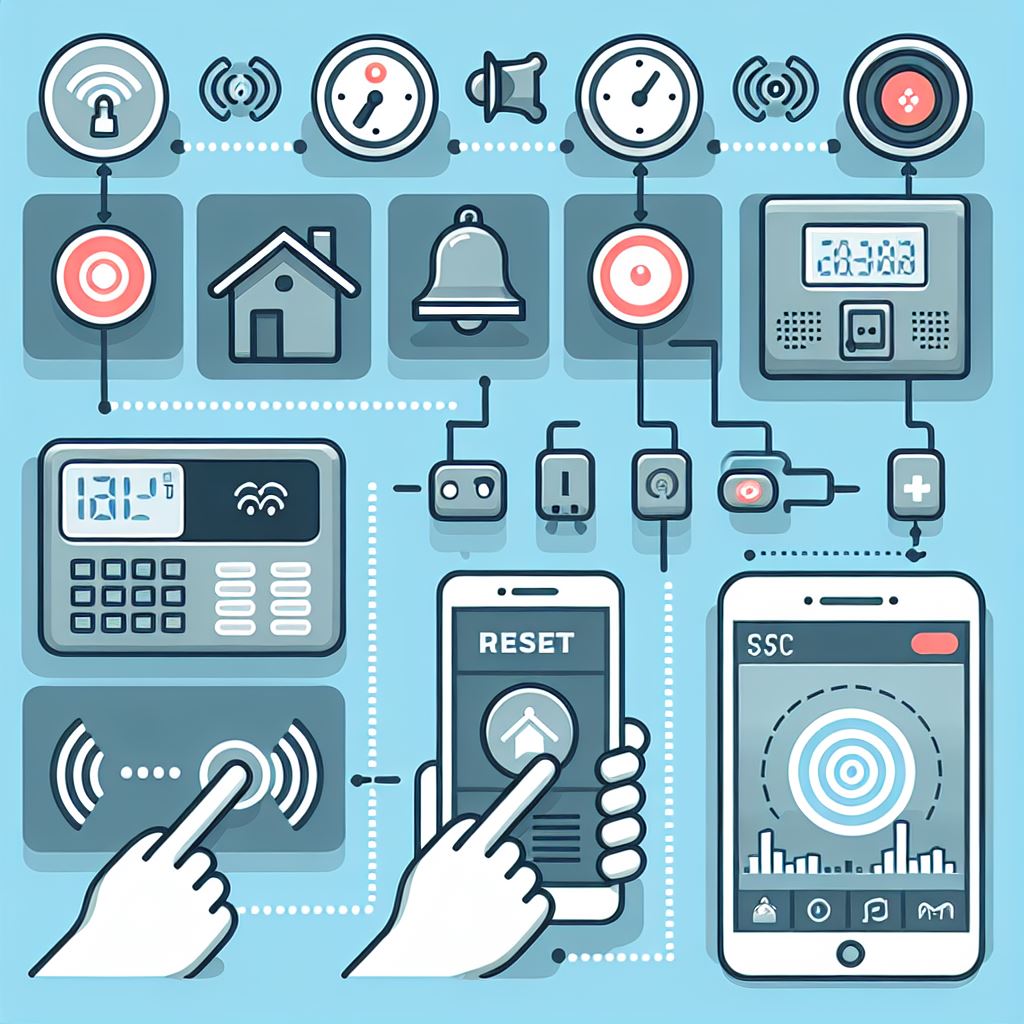Regularly testing your alarm system is essential to ensure it functions correctly when you need it most. This comprehensive guide will walk you through the process, helping you maintain a secure and safe environment.
1. Read the Manual Thoroughly
Start by reading the manual that came with your alarm system. Each system has unique features and specific instructions for testing. Understanding these details will help you avoid any mistakes and ensure a smooth testing process.
2. Notify Your Monitoring Company
If your alarm system is monitored by a security company, it’s crucial to inform them before you start testing. This prevents false alarms and unnecessary dispatch of emergency services. Most companies have a test mode that you can activate during this process.
3. Inspect the Control Panel
The control panel is the heart of your alarm system. Check for any error messages, warning lights, or unusual sounds. Ensure that the display is clear and that all buttons are responsive.
4. Test Each Sensor Individually
Doors and Windows
- Open and Close: Open and close each door and window equipped with sensors. The control panel should indicate when each sensor is triggered.
- Check Alignment: Ensure that the sensors and magnets are properly aligned and securely attached.
Motion Detectors
- Walk Test: Walk in front of each motion detector to ensure they are detecting movement. Pay attention to the coverage area and adjust the sensor angle if necessary.
- Sensitivity Settings: Check and adjust the sensitivity settings if your system allows it, ensuring optimal performance.
Glass Break Sensors
- Simulator Test: Use a glass break simulator to test these sensors. If you don’t have a simulator, gently tap a glass surface near the sensor to see if it triggers an alert.
- Placement Check: Ensure that the sensors are placed correctly and are not obstructed by curtains or furniture.
5. Test Smoke and Carbon Monoxide Detectors
- Test Button: Press the test button on each smoke and carbon monoxide detector. The alarm should sound, and the control panel should register the alert.
- Battery Check: Replace the batteries if the detectors do not respond or if the alarm sounds weak.
6. Test Panic Buttons and Medical Alerts
- Activation Test: Press each panic button and medical alert button to ensure they are functioning. The control panel should register the alert, and if monitored, the security company should receive the signal.
- Accessibility Check: Ensure that these buttons are easily accessible and not obstructed.
7. Check the Backup Power Supply
- Unplug Test: Unplug the alarm system from its main power source to test the backup battery. The system should continue to operate normally on battery power.
- Battery Life: Check the battery life and replace it if necessary. Most systems will alert you if the battery is low.
8. Review the Alarm History
- Control Panel Review: Check the alarm history on your control panel or monitoring service app to ensure all tests were recorded correctly.
- Log Analysis: Look for any missed alerts or unusual activity that might indicate a problem with the system.
9. Reset the System
- Manual Instructions: Follow the manual’s instructions to reset your alarm system. This usually involves entering a code on the control panel.
- System Check: Ensure that the system returns to its normal state without any error messages or alerts.
10. Notify Your Monitoring Company Again
- Completion Notification: Inform your monitoring company that you have completed the test. Confirm that they received all alerts during the testing process.
- Feedback: Ask for any feedback or suggestions they might have to improve your system’s performance.
Additional Tips
- Regular Testing: Test your alarm system at least once a month to ensure it remains in good working order.
- Professional Maintenance: Schedule annual maintenance with a professional to check for any issues that you might have missed.
- Stay Informed: Keep up with any updates or recalls from the manufacturer to ensure your system is always up to date.
Conclusion
Regularly testing your alarm system is a proactive step in maintaining a secure home. By following this comprehensive guide, you can ensure that your system is always ready to protect you and your loved ones. Remember, a well-maintained alarm system is your first line of defense against potential threats.





